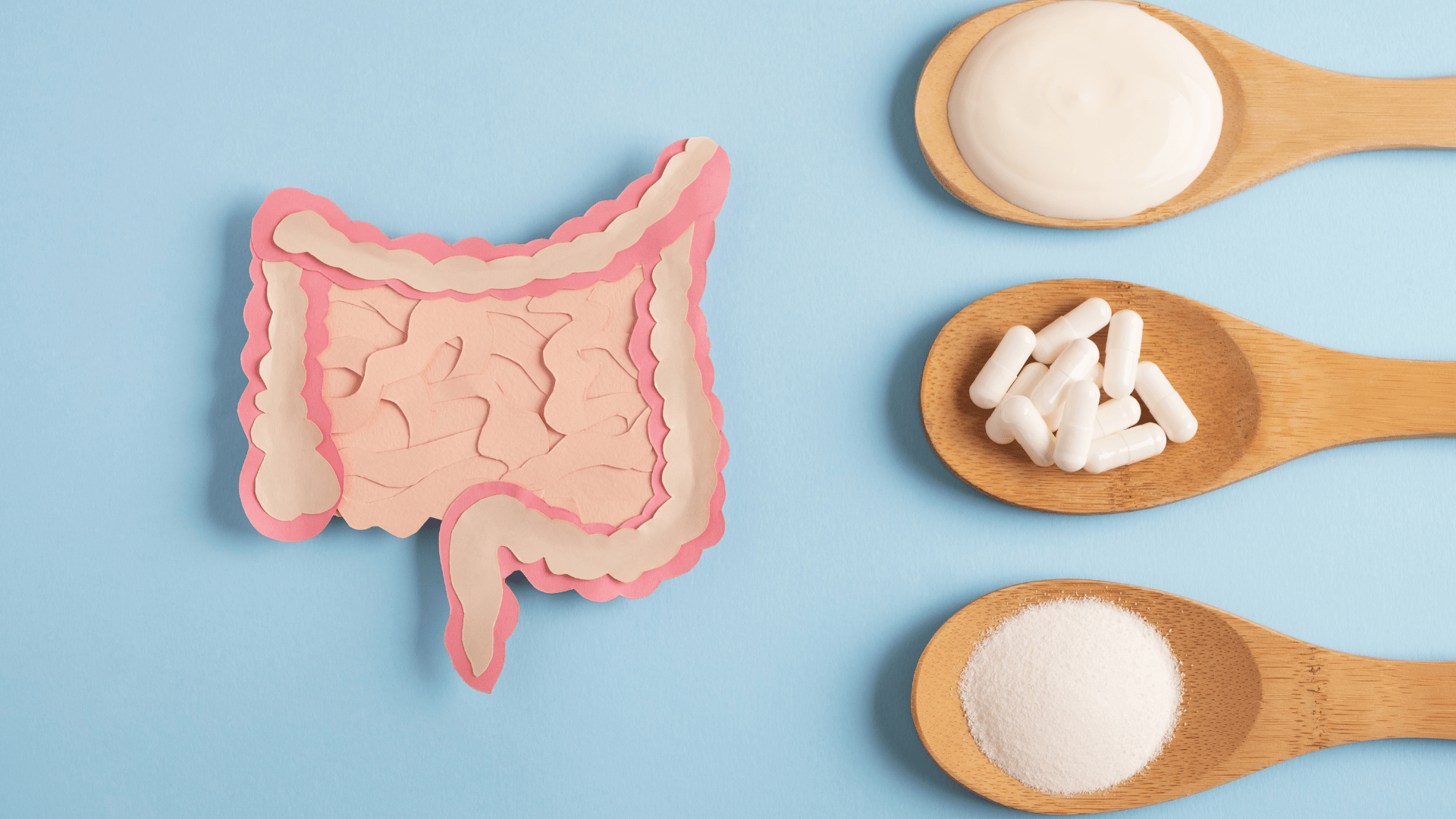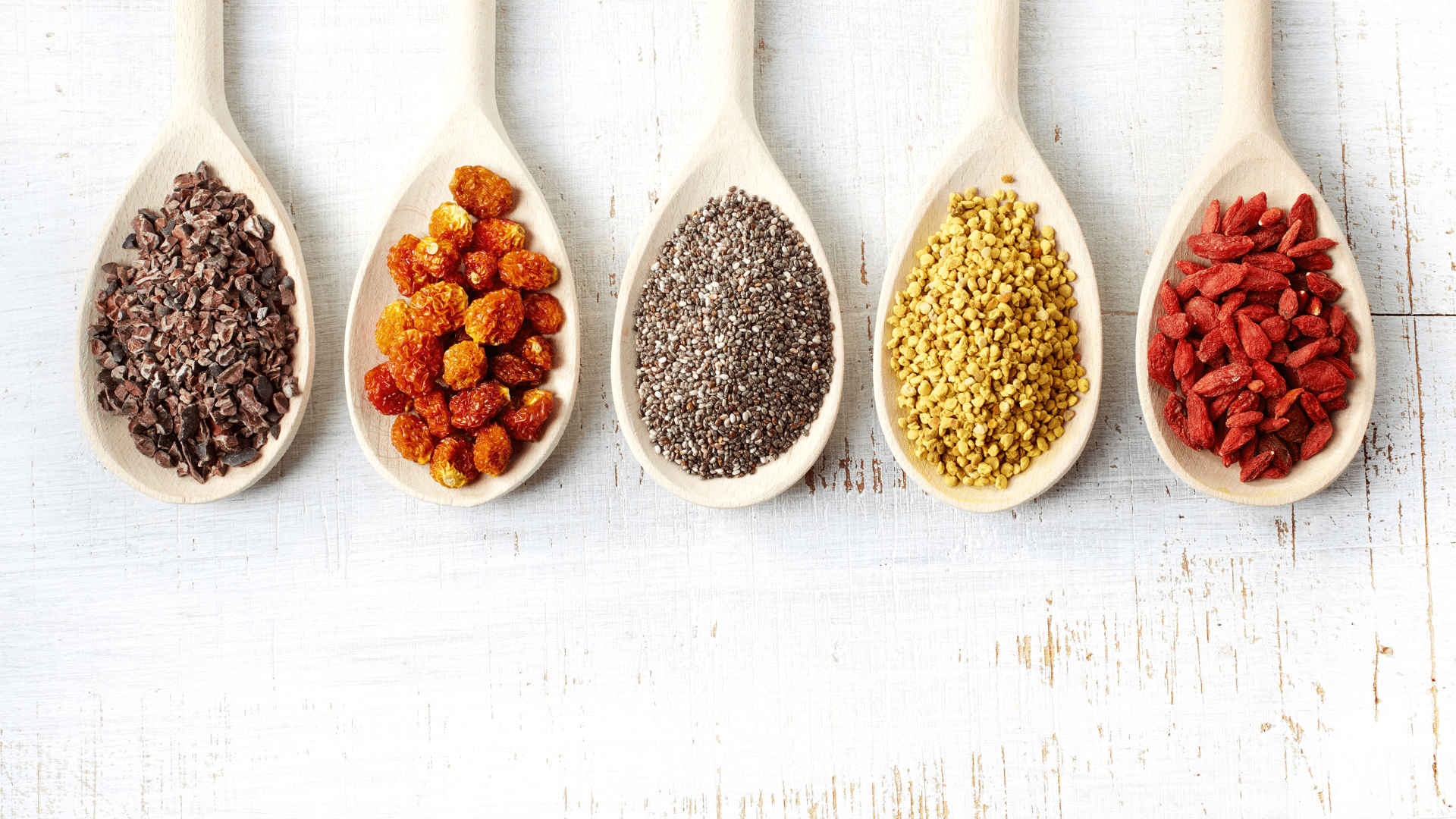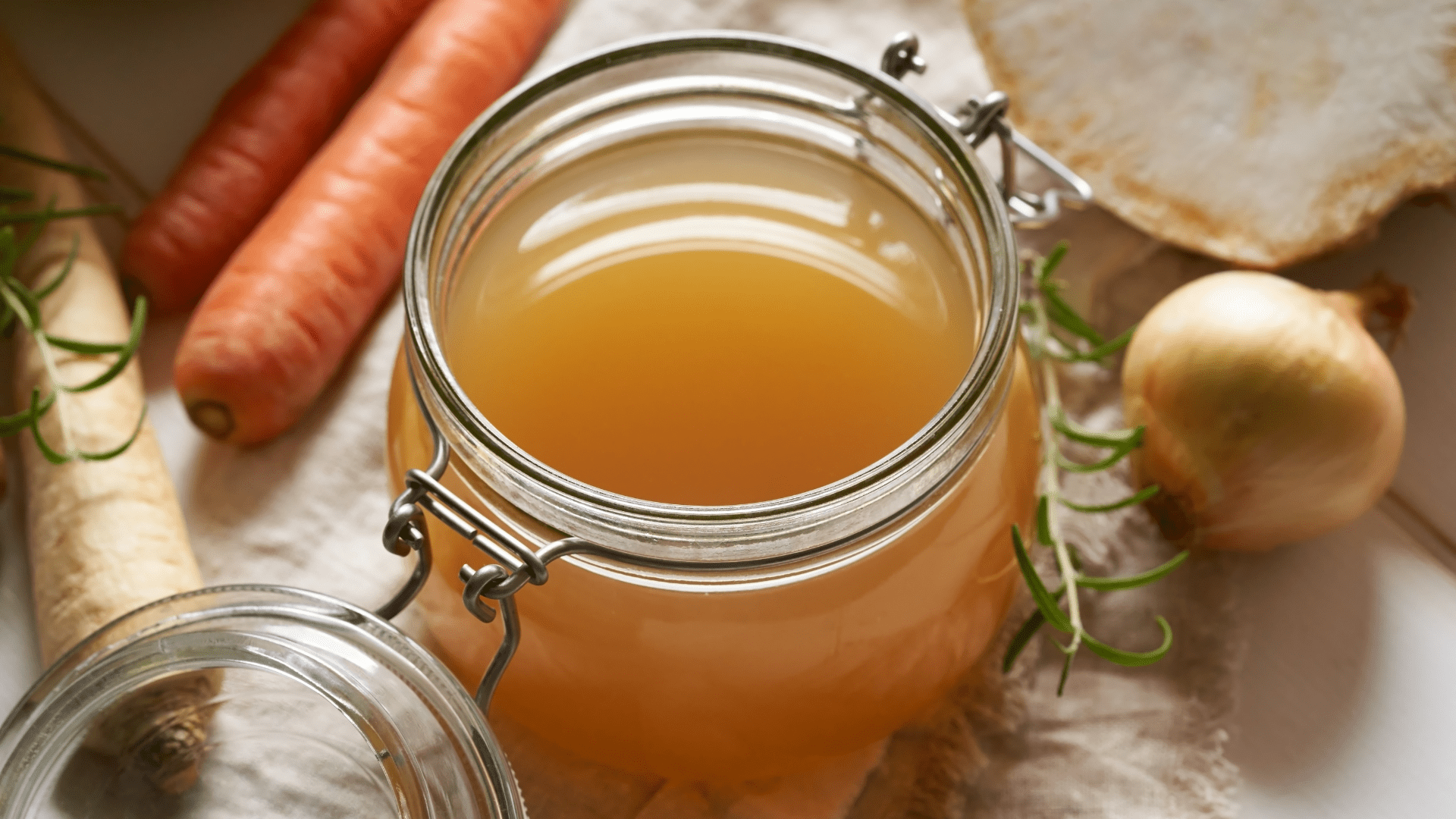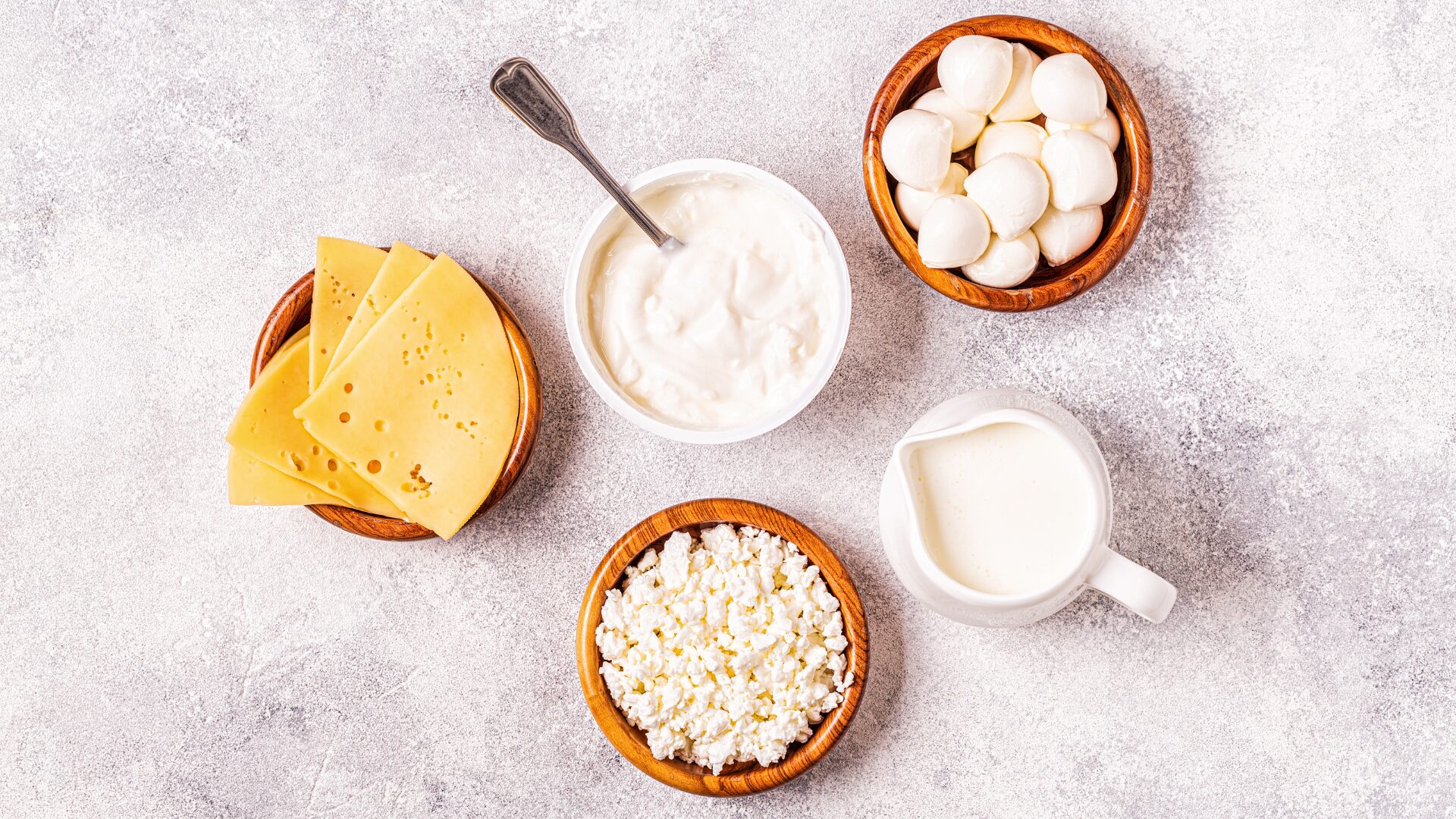Feeling bloated or hormonally imbalanced? Your gut may hold the key. Discover the best fermented foods for women’s health, how they improve digestion, mood, and hormonal balance, and how to easily add them to your diet.
Signs of Poor Gut Health Every Woman Should Watch For
Discover the most common signs of poor gut health in women, how they impact your overall well-being, and what steps you can take to restore balance and feel your best.
Understanding Gut Health: Probiotics & Prebiotics for Women
Learn how to support gut health with probiotics and prebiotics for women. Discover the benefits, best sources, and tips to improve digestion, immunity, and hormonal balance.
Top Superfoods Every Woman Should Include in Her Diet
Fuel your body and boost your health with these top superfoods every woman should include in her diet. Support energy, hormones, heart health, and more naturally.
The Incredible Health Benefits of Bone Broth: A Nutritional Powerhouse
Discover the amazing health benefits of bone broth, from improving gut health and boosting immunity to supporting joint function and aiding in weight loss. Learn why bone broth is a nutritional powerhouse!
Simple Tips for Reducing Dairy Consumption
Looking to reduce dairy consumption? Discover simple tips and practical advice for finding alternatives to dairy products and transitioning to a dairy-free lifestyle.
Tips for Reducing Your Sugar Intake
Discover practical and effective tips to reduce your sugar intake without sacrificing flavor or enjoyment. Take control of your sweet tooth and embrace a healthier, low-sugar lifestyle.
Understanding the Difference: Bloating vs Fat
Discover the difference between bloating and fat with this informative post. Understand the causes, symptoms, and how to manage each condition. Say goodbye to confusion and hello to better health!
5 Exercise Tips for Managing IBS Symptoms
Discover five exercise tips for managing IBS symptoms. From low-impact activities to targeted exercises, alleviate discomfort and improve overall well-being.
10 Ways to Reduce Sugar Intake
Looking to reduce your sugar intake? Discover 10 simple methods to cut down on sugar without feeling deprived. Make healthier choices and enjoy a balanced diet with these tips!










